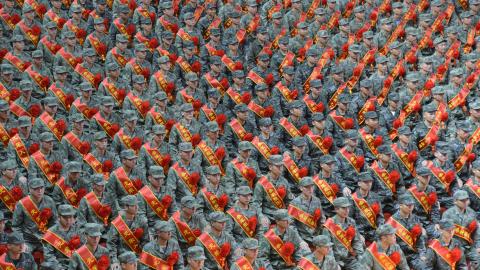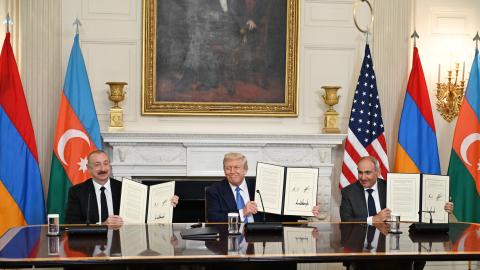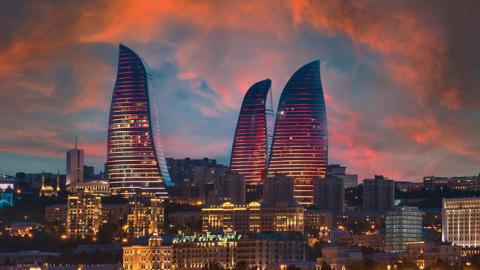Azerbaijan released 15 Armenian prisoners of war on Saturday in exchange for the locations of 97,000 Armenian land mines on territory Azerbaijan recaptured in last fall’s Nagorno-Karabakh war. That was a welcome sign that American diplomacy in the Caucasus is alive and well. Armenian Prime Minister Nikol Pashinyan’s victory in snap elections Monday suggests that the window for diplomacy remains open. But the State Department will have to step carefully. There are plenty of geopolitical land mines left, and U.S. diplomats—who helped arrange the exchange agreement—could set off career-ending explosions if they make a false move.
The Caucasus is one of those complicated faraway but strategically vital regions that Americans often overlook. It’s the only exit oil and gas can take from Central Asia to the West without passing through Russian or Iranian territory. Since the former Soviet republics of the southern Caucasus declared their independence in 1990, there have been numerous conflicts in Georgia, two in Russia’s restive Chechen region, and two between Armenia and Azerbaijan over the Nagorno-Karabakh region, which is largely populated by ethnic Armenians but internationally recognized as part of Azerbaijan.
Caucasian conflicts can have an outsize impact on world order. In 1999 the second Chechen war helped Vladimir Putin assume firm control of the Russian Federation. His 2008 invasion of Georgia marked the beginning of a Russian challenge to the post-Cold War international order. The recent Nagorno-Karabakh war, in which Azerbaijani forces equipped with Turkish and Israeli drones imposed a stinging setback on Armenia’s Russian-supplied army, also marks a shift in world politics as high-tech drone warfare becomes a factor in small-power conflicts.
Read the full article in the Wall Street Journal


















